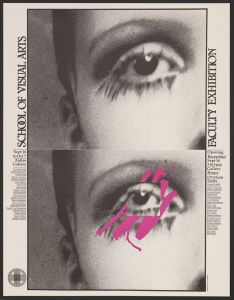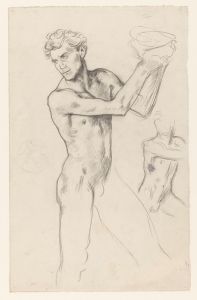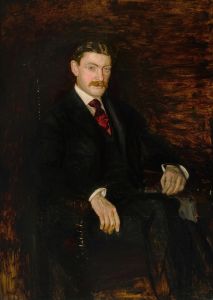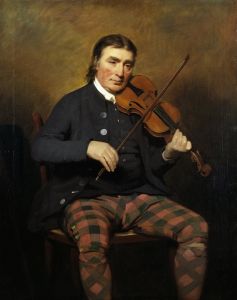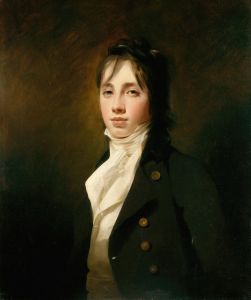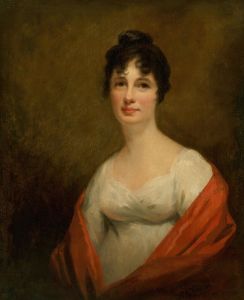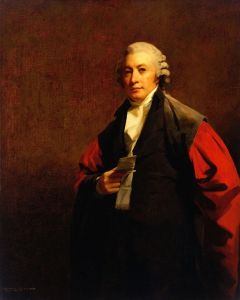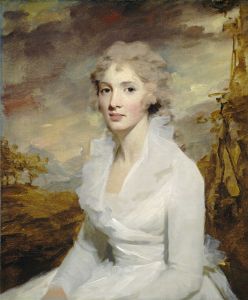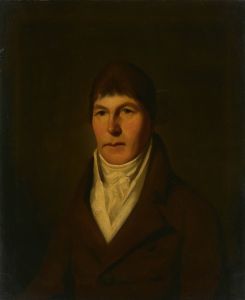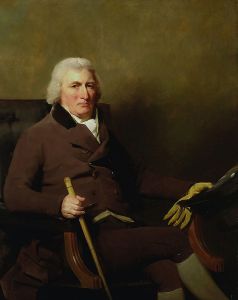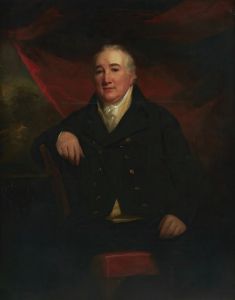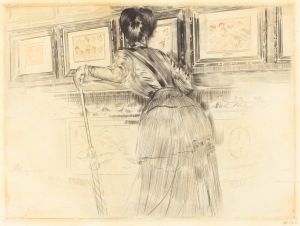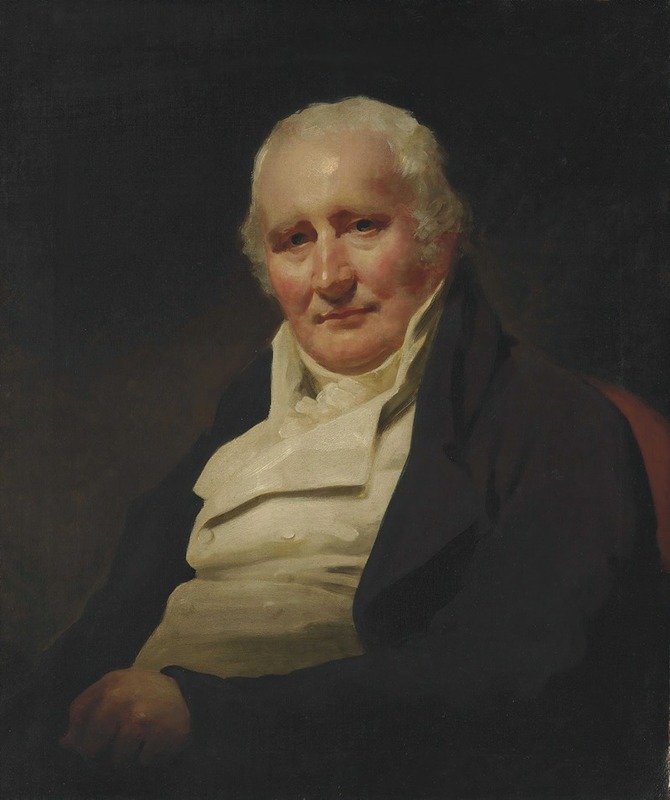
Portrait Of Mr. Spottiswood
A hand-painted replica of Sir Henry Raeburn’s masterpiece Portrait Of Mr. Spottiswood, meticulously crafted by professional artists to capture the true essence of the original. Each piece is created with museum-quality canvas and rare mineral pigments, carefully painted by experienced artists with delicate brushstrokes and rich, layered colors to perfectly recreate the texture of the original artwork. Unlike machine-printed reproductions, this hand-painted version brings the painting to life, infused with the artist’s emotions and skill in every stroke. Whether for personal collection or home decoration, it instantly elevates the artistic atmosphere of any space.
"Portrait of Mr. Spottiswood" is a painting by the renowned Scottish portrait artist Sir Henry Raeburn (1756–1823). Raeburn is celebrated for his masterful depictions of prominent figures in 18th and early 19th-century Scotland, and his works are considered a significant contribution to the Scottish Enlightenment's cultural legacy.
This particular portrait is believed to depict a man named Mr. Spottiswood, though little is definitively known about the sitter's identity or his life. The painting exemplifies Raeburn's characteristic style, which is marked by a naturalistic approach to portraiture, a keen attention to detail, and a skillful use of light and shadow to create depth and realism. Raeburn often employed a direct and unembellished approach to his subjects, capturing their individuality and presence with remarkable clarity.
The composition of the portrait reflects Raeburn's ability to convey both the physical likeness and the personality of his sitters. The subject is typically presented in a dignified yet approachable manner, a hallmark of Raeburn's work. The background is understated, ensuring that the focus remains on the sitter. Raeburn's use of a restrained color palette and subtle tonal variations further enhances the lifelike quality of the painting.
As with many of Raeburn's works, "Portrait of Mr. Spottiswood" likely served as a commissioned piece, intended to commemorate the sitter or assert his social status. During Raeburn's career, portraiture was a popular art form among the Scottish elite, who sought to document their achievements and lineage through commissioned artworks.
The painting is an example of Raeburn's mature style, which earned him widespread acclaim during his lifetime. In 1812, Raeburn was elected as a member of the Royal Academy in London, and in 1822, he was appointed as the King's Limner for Scotland by King George IV, further cementing his reputation as one of Scotland's foremost portrait painters.
The current location of "Portrait of Mr. Spottiswood" is not definitively documented in publicly available sources, and further details about the sitter remain scarce. However, the painting continues to be recognized as part of Raeburn's extensive body of work, which remains influential in the study of Scottish art and portraiture.





